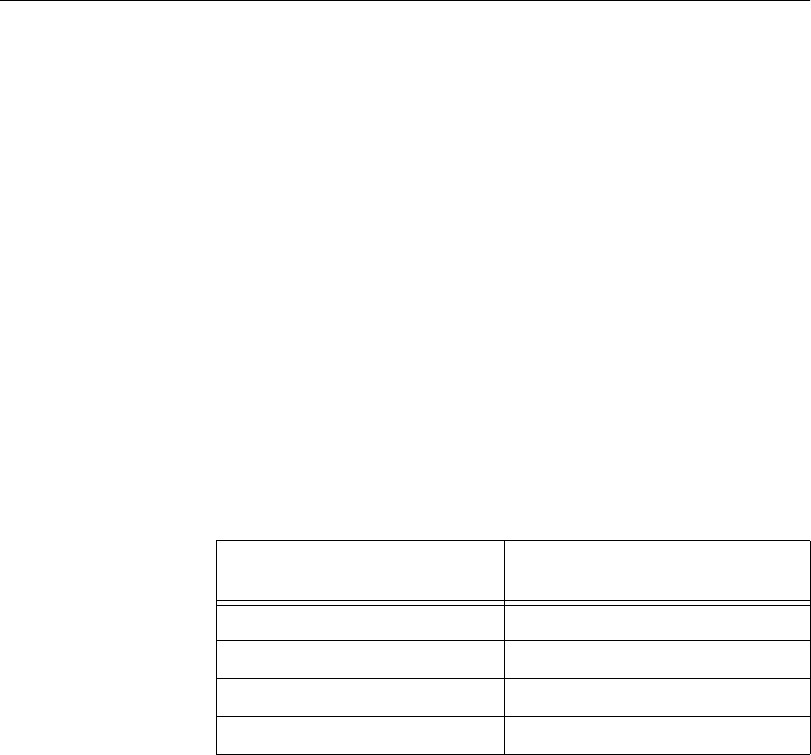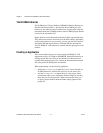
Chapter 3 Programming with NI-IMAQ for 1394
NI-IMAQ for IEEE-1394 Cameras User Manual 3-2 ni.com
Low-Level Functions
The low-level function set supports all types of acquisition. You can use
low-level functions to start a synchronous or asynchronous acquisition.
Establishing Interface Connections
To acquire images using the high-level or low-level functions, you must
first learn how to establish a connection to a camera. See the Camera
Functions and Camera Attributes sections in this chapter for information
on how to manage cameras, then refer to the high-level or low-level
samples for information on acquiring images.
Camera Functions
Use camera functions to query the number of available cameras, establish
a connection to, control access to, and initialize hardware. All parameters
configured in MAX for an IMAQ 1394device are associated with a camera
name. You can have one device associated with more than one camera
name, which allows you to have several different configurations for one
device. Use the camera name to refer to the IMAQ 1394 device in your
programming environment. Camera name information is stored in an
interface (
.icd
) file.
NI-IMAQ for 1394 specifies all interfaces by a name. By default, the
system creates default names for the number of cameras in your system.
These names observe the convention shown in Table 3-1.
You can edit existing cameras or create new cameras in MAX. You also can
use MAX to configure the default state of a particular camera.
Table 3-1. Camera Naming Convention
Camera Name IMAQ 1394 Device Installed
cam0
Device 0
cam1
Device 1
... ...
camn
Device n


















